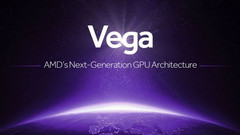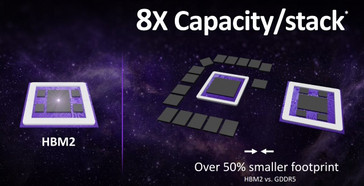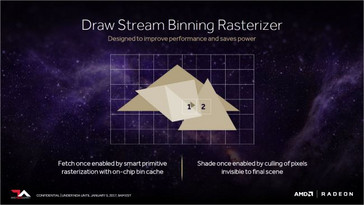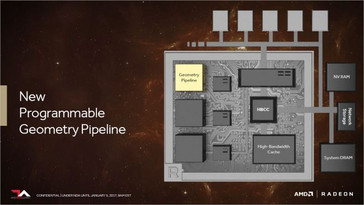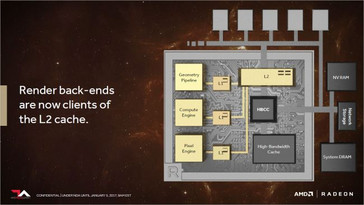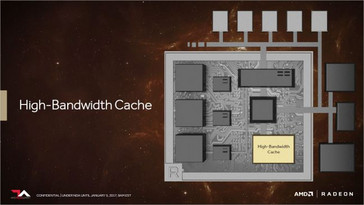Over the past decade, AMD’s market share in both processors and GPUs has been dwindling. Due to fierce competition from Intel’s Core series of CPUs and Nvidia’s onslaught of powerful graphics cards, AMD looked like it might fizzle out and die a cold death. However, the success of Polaris GPUs (like the RX 480) and the hotly anticipated release of Ryzen CPUs seem to be breathing new life into the company. 2017 looks promising for AMD, and they’re shooting for the stars with their latest high-end GPU architecture, Vega.
AMD made waves with its introduction of High Bandwidth Memory (HBM) in the Fiji-based Fury X back in 2015. HBM brought an improved method of handling graphical memory that allowed denser modules in a smaller space and improved memory speeds. However, the architecture limited the amount of HBM to 4 GB, which ultimately limited the platform’s performance in demanding titles at higher resolutions.
Vega looks to remedy these issues and improve upon them. Thanks to a new approach that includes the inclusion of High Bandwidth Cache and a High Bandwidth Cache Controller (HBC and HBCC, respectively), Vega is “capable of transferring terabytes of data every second, doubling the bandwidth-per-pin over the previous generation HBM technology.” This essentially equates to double the memory per stack; as such, Vega cards are expected to ship with a minimum of 8 GB of HBM2 onboard and could range up to 32 GB of physical dedicated graphics memory.
In addition to denser memory stacks, Vega is “optimized for streaming very large datasets and can work with a variety of memory types with up to 512TB of virtual address space.” This could allow cards to handle massive amounts of data without throttling to allow other streams through by allowing the card to behave like it has much more VRAM than it really does.
Vega also brings a new engine for rendering polygons and geometries. Essentially, the geometry pipeline “enables the programmer to extract incredible efficiency in processing this complex geometry, while also delivering more than 200% of the throughput-per-clock over previous Radeon architectures.” This should, in turn, result in much smoother performance.
AMD showed off Vega’s new “Draw Stream Binning Rasterizer,” a pixel engine that will “improve performance and power efficiency” by for “‘fetch once, shade once’ of pixels through the use of a smart on-chip bin cache and early culling of pixels invisible in a final scene.” This can be thought of as “out of sight, out of mind” as the card won’t bother over pixels not visible in the scene, reducing memory usage.
All in all, Vega looks incredibly promising for gaming, professional work, and machine learning. Coupled with the major improvements brought by Vulkan and DX12 support (which AMD currently enjoys in its Polaris architecture), AMD will come out swinging when Vega is released. The company showed off a demo of Doom running on Ultra settings at 4K using an engineering sample of a Vega chip with a Ryzen CPU and achieved an average of about 70 fps. This puts it far ahead of Nvidia’s current flagship, the GeForce GTX 1080, which typically achieves about 50-55 fps at those settings.
The release date for Vega GPUs is still up in the air, but AMD has said to expect the cards sometime in the first half of 2017.
Source(s)
AMD Press Release (see below)


